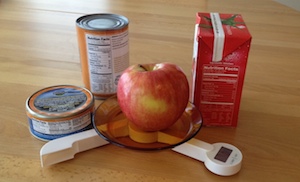 “You can’t stop the waves, but you can learn to surf.”
“You can’t stop the waves, but you can learn to surf.”
― Jon Kabat-Zinn
You get clean and you’re excited about being in recovery. You feel motivated and things are going well. But life is life, and like the ocean, it often produces some pretty big waves. Those waves can easily throw you off course.
When we ask people what is their biggest challenge in recovery, they often say: “staying on track or staying committed to the program”.
A few years after I became abstinent I had a big crisis in my life. I remember thinking to myself: “this is too much for me to handle the crisis and the food too.” Even my sponsor felt sorry for me and got caught up in my story. One day in a meeting I heard somebody sharing about a big loss they had in life and how they chose recovery NO MATTER WHAT. Those words – recovery first, no matter what – changed my perspective. I changed sponsors, and my new sponsor encouraged me to see how the situation could be worse if in addition to the crisis I was also into the food. I’m abstinent since 2005. Though there have been many times when life offered “waves” and challenges, I’ve learned to remember my priorities and to take action in times of need to help me continue to recover from my fatal disease.
When life takes over, you can’t control it, but you CAN still control your reaction.
Here are 5 ways to stay on track when life takes over:
- Don’t wait for a crisis – pray and meditate every day.
- Be realistic and anticipate.
- Be aware of your thinking and change it.
- Look for the lessons and learn from them.
- Collect more positive and less negative evidence of success.
I pray and meditate every day. When life is running on an even keel, I start my day with 15 minutes of prayer and meditation. When something out of the ordinary is going on, I might change the length of my meditation, but I always do it, even for 5 minutes. Prayer has become part of my life in such a way that I can’t live without it. If you don’t have a daily routine of prayer and meditation, start now. Prayer and meditation keep you present in the moment. A regular practice helps you deal better with life.
It will be unrealistic to think that there are going to be no bumps in the road. Of course there will! That’s life. Accepting the obstacles will help you have a positive attitude when stuff happens. After all, you’re human and life is life.
Let’s say that a family member is sick, or your boss asks you to work overtime. Your initial thoughts might be negative (fear, frustration, anger). Feelings follow thoughts. Pause and identify the thought that led to the feeling. Challenge the thought and change it. Think how you can turn the challenge into an opportunity. Remember that it is in your hands to choose your reaction.
Learn from experience. When you get off track, ask yourself what triggered the setback and look for the lesson. For example, one of my sponsees realized that she picks up addictive food every time she has guests because the preparations cause stress. She started to ask her family members to help her prepare, and she changed her thinking from “It needs to be perfect” to “good enough is good enough.” She learned from her experience and made necessary changes.
It is much easier to look at what you haven’t done or what you could have done better than to see your progress and accomplishments. Remember that recovery is about progress rather than perfection. Make a decision to stop collecting evidence that shows that you can do better. When taking your daily inventory, pay attention to and recognize your progress and success and discuss it with your sponsor rather than just paying attention to your faults and challenges.
Life will throw us waves, challenges, and curveballs. With practice, we can learn to ride them out and hit them out of the park. Take a minute and evaluate your level of commitment to recovery right now. Adopt these principles to help you stay on track.
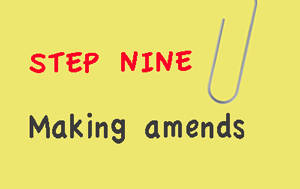
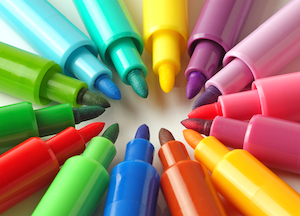 We pray, read, write, plan, shop, cook, report, share, meditate, and commit. We take actions to make our recovery strong every day. Let’s remember to lighten up and not take life so seriously!
We pray, read, write, plan, shop, cook, report, share, meditate, and commit. We take actions to make our recovery strong every day. Let’s remember to lighten up and not take life so seriously! When we are in the disease, we use food to escape from life. When we stop binging on food, we may substitute food with binging on work or general busy-ness, which is a vicious cycle that can lead us directly out of recovery.
When we are in the disease, we use food to escape from life. When we stop binging on food, we may substitute food with binging on work or general busy-ness, which is a vicious cycle that can lead us directly out of recovery.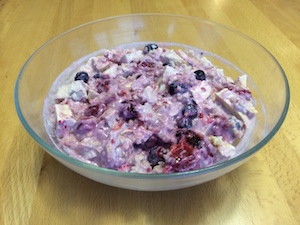 Ingredients:
Ingredients: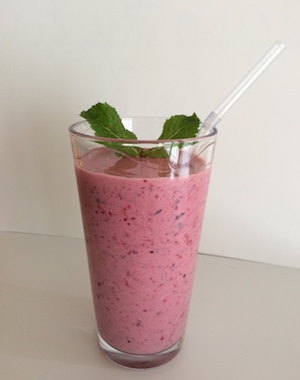
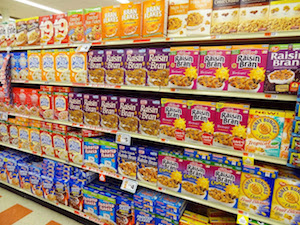 How do addictive food substances compare to other addictive chemicals? Addictive food substances are forms of plant life which have been refined or processed in order to be ingested by drinking, eating, inhaling or injecting.
How do addictive food substances compare to other addictive chemicals? Addictive food substances are forms of plant life which have been refined or processed in order to be ingested by drinking, eating, inhaling or injecting. 